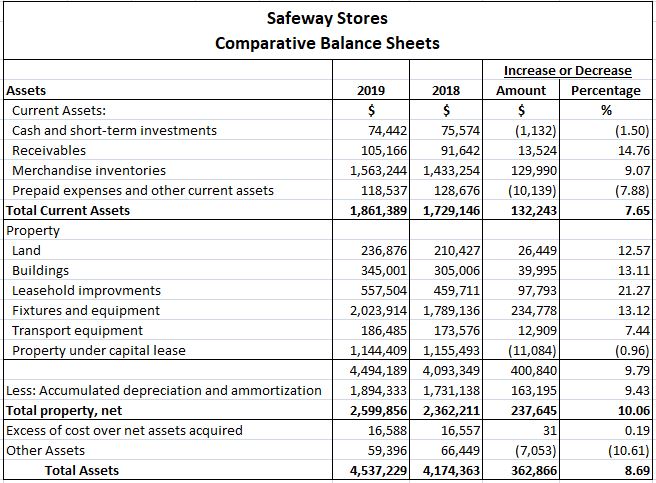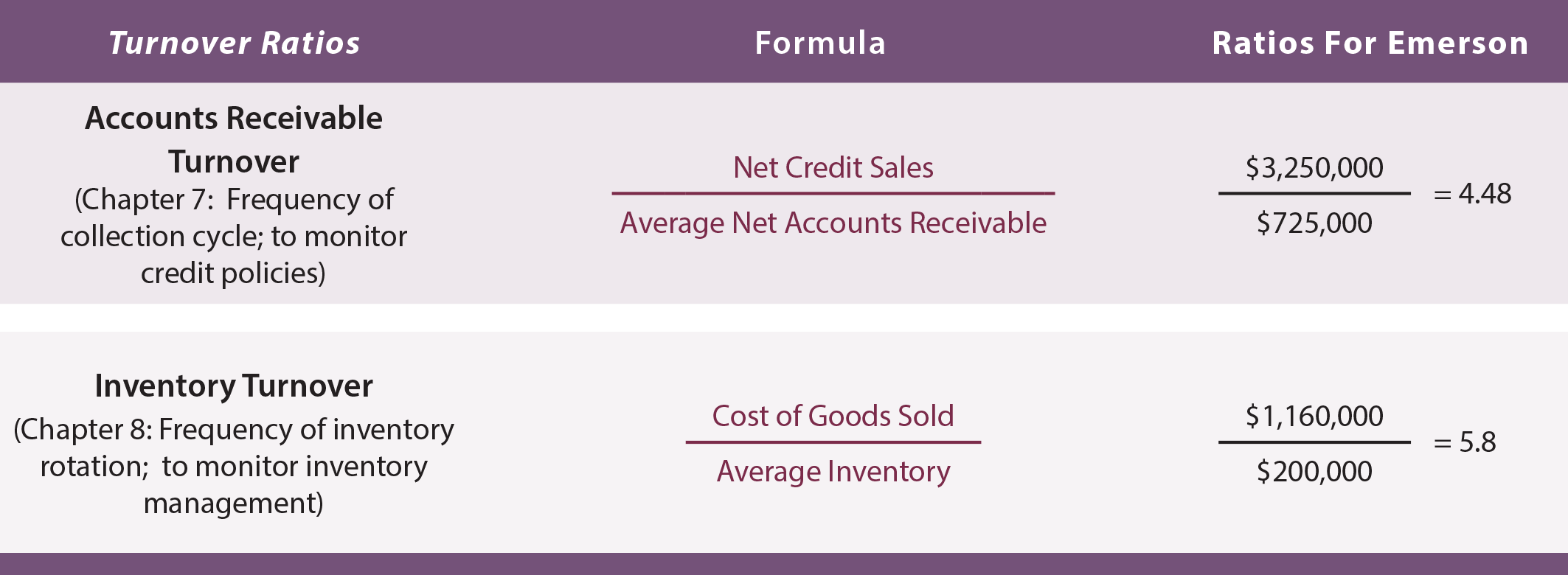

The final basis consists of contractual covenants. Having revenue growth of 10 percent annually may sound good, but if competitors are growing at 25 percent, it highlights underperformance. This can provide an important reality check. The second basis is your direct competitors. If, for example, liquidity has decreased consistently, you can make changes. Looking at your past and present financial condition also helps you spot trends. Typically, the past three years of performance is sufficient, but if access to older data is available, you should use that as well. The first basis is your company’s past, to determine if your financial condition is improving or worsening. This works for each data point individually as well as for your overall financial condition. The final part of the financial analysis is to establish a proper basis for comparison, so you can determine if performance is aligned with appropriate benchmarks. A value less than 1.5 is cause for concern to lenders. This measures your ability to pay interest expense from the cash you generate. Interest coverage (earnings before interest and taxes ÷ interest expense).A value less than 1 means your company doesn't have sufficient liquid resources to do this. This measures your ability to pay off short-term obligations from cash and other current assets. Current ratio (current assets ÷ current liabilities).No amount of revenue growth or profits can compensate for poor liquidity. Liquidity analysis addresses your ability to generate sufficient cash to cover cash expenses.


Leverage should not exceed what's reasonable for your business. The definitions of debt and equity can vary, but generally this indicates how much leverage you're using to operate. Return on equity (net income ÷ shareholder’s equity). This represents the return investors are generating from your business.A higher number is a good sign a lower number means you either aren't selling well or are producing too much for your current level of sales.Ĭapital efficiency and solvency are of interest to lenders and investors. This measures how efficiently you manage inventory. Inventory turnover (cost of goods sold ÷ average inventory).A higher number means your company is managing credit well a lower number is a warning sign you should improve how you collect from customers. This measures how efficiently you manage the credit you extend to customers. Accounts receivables turnover (net credit sales ÷ average accounts receivable).A lack of operational efficiency leads to smaller profits and weaker growth. Operational efficiency measures how well you're using the company’s resources. This is what remains for reinvestment into your business and for distribution to owners in the form of dividends. Net profit margin (revenues – cost of goods sold – operating expenses – all other expenses) ÷ revenues.This determines your company’s ability to make a profit regardless of how you finance operations (debt or equity). Operating expenses don't include interest or taxes. Operating profit margin (revenues – cost of goods sold – operating expenses) ÷ revenues.A healthy gross profit margin allows you to absorb shocks to revenues or cost of goods sold without losing the ability to pay for ongoing expenses. Gross profit margin (revenues – cost of goods sold) ÷ revenues.If you can't produce quality profits consistently, your business may not survive in the long run. Many highly successful companies achieve over $1 million in annual revenue per employee. This ratio measures your business's productivity. Revenue per employee (revenue ÷ average number of employees).No client should represent more than 10 percent of your total revenues.

If a single customer generates a high percentage of your revenues, you could face financial difficulty if that customer stops buying.


 0 kommentar(er)
0 kommentar(er)
